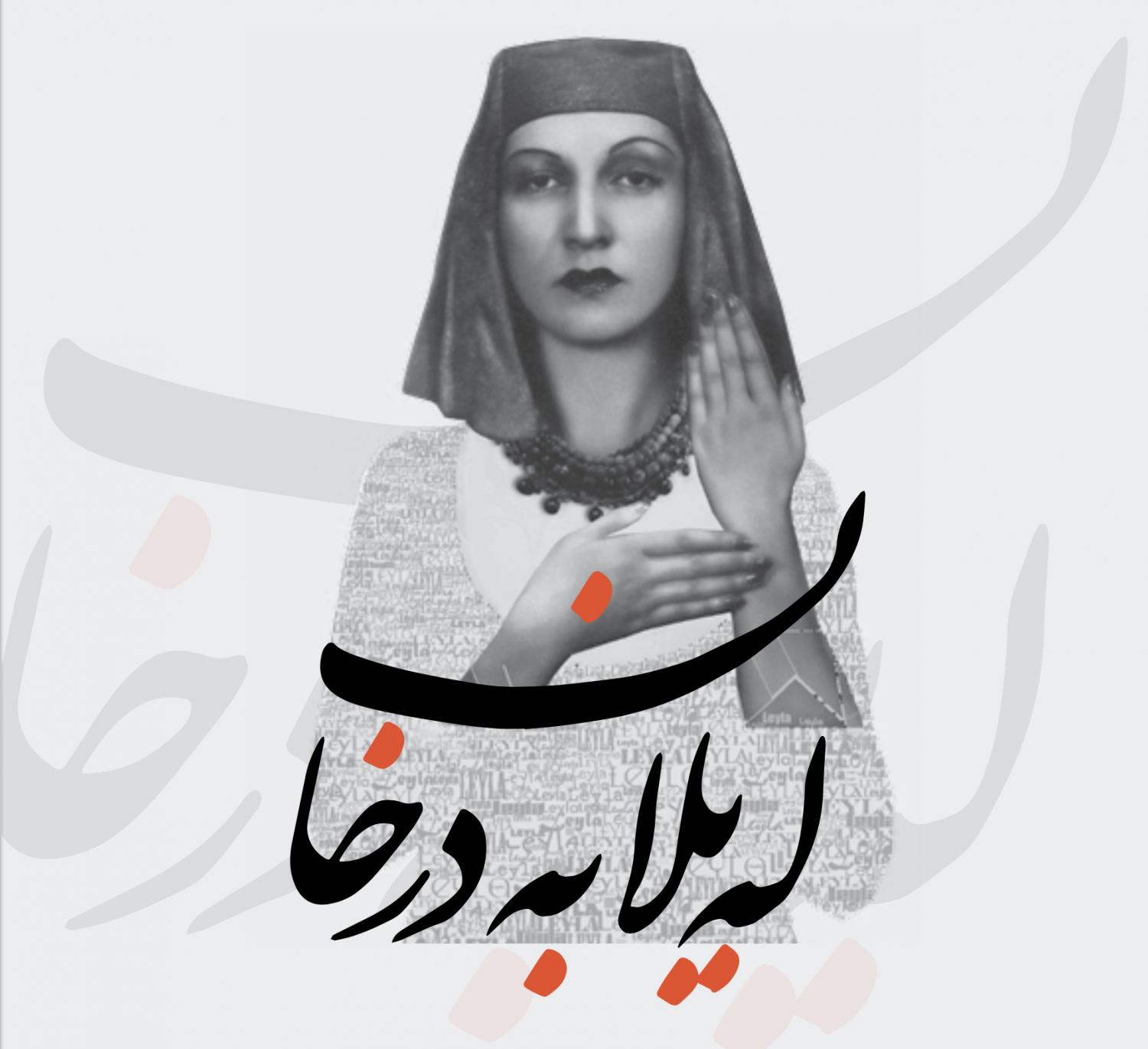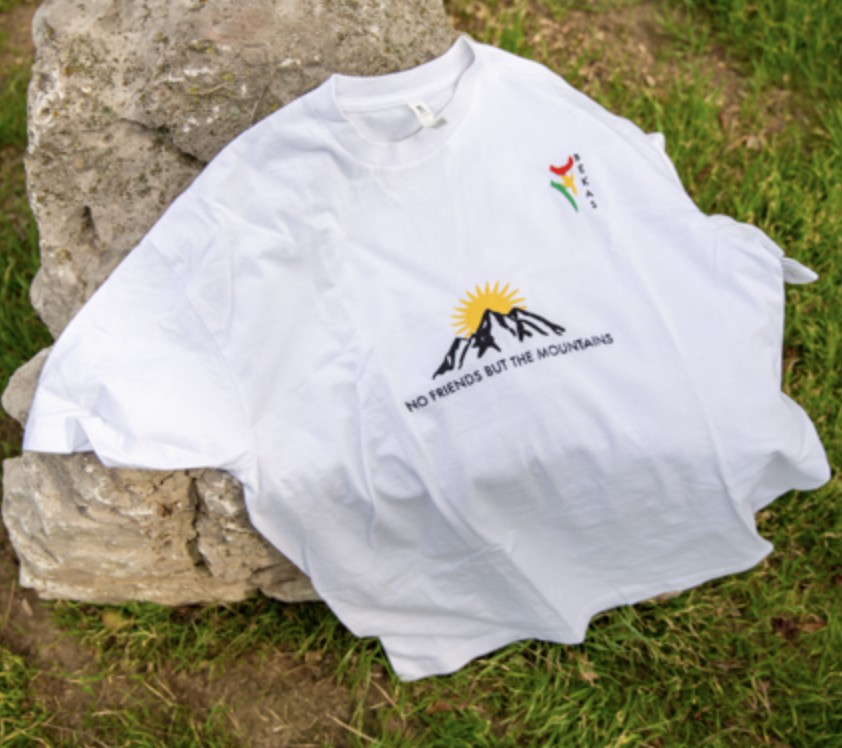Western journalists dubbed her "Leila of a Thousand and One Nights," "The Princess Carrying the Perfumes of Eastern Nights," "The Bright Moon of Oriental Nights," but most commonly "The Kurdish Princess and the Princess of Dancing."
Leila Bederkhan, born in Istanbul in 1903, was the daughter of Abdulrazzaq Bederkhan and Henriette Ornik, a Romanian Jewish dentist. Her father was a descendant of Bederkhan, a legendary Kurdish leader and ruler of the Cizera Botan Emirate in modern-day Turkey's southeastern.
Leila and her mother fled Istanbul for Egypt when she was a baby after her parents divorced. She never saw her father again because he was involved in Ottoman disputes and later started a movement to establish an independent Kurdistan.
When she was 14, she moved from Egypt to Vienna and then to Paris, where she has remained ever since. She would dance in Europe, free of family and religious constraints, drawing inspiration from her glamorous past and refashioning her cultural heritage.
Leila developed her own unique dance style, her own oriental creations. She was famous for her long arms and once stated that "hands are more expressive than feet in dancing." Her fingers and arms were described by journalists as having "calligraphy from an ancient Arabic manuscript."
Leila's stylized dances incorporated elements from Persian, Egypt, India, Assyrian, and Yezidi cultures and Zarathustrian of Mesopotamia and Kurdistan.
Leila went on to become a famous artist in the 1920s and 1930s. When she was dancing, she was world famous; there were many female dancers on stage, but few who danced on both sides of the Atlantic. She performed in the United States and Canada, as well as India, Egypt, Morocco, Tunisia, and Europe, including the United Kingdom, France, Spain, Germany, Italy, Austria, Belgium, Romania, and Sweden. Her debut performance at The Town Hall in New York was featured in the New York Times on March 4, 1931.
Her arrival in New York made headlines, and her image appeared in newspapers and on newsreels. Newspapers dubbed her "The Dancing Princess" and "The Kurdish Princess."
The highlight of Leila's trip to America was a tulip. John T. Scheepers introduced a new tulip named for Princess Bederkhan at the international flower show in New York in 1931, as Kurdistan is one of the tulip's original habitats.
Leila also became the first modern-day woman to dance before the Sphnix in Egypt during the reign of King Farouk.
The ballet of the leading Italian music composer Ottorino Respighi, "Belkis, Regina di Saba," featured the Kurdish princess as "Belkis." Belkis was one of Respighi's most ambitious stage works, with an enormous orchestra that included unusual instruments like sitars and wind machines, off-stage brass, a chorus, several vocal soloists, and a narrator who told the legendary story in verse.

“Leila was a heroine and courageous”
Leyla Safiye, a Turkish author, is the only one who has written books about Leila Bederkhan. Inspired by her namesake, Safiye started researching and learning about Bederkhan in the 1990s. In her English-language book Searching for Leila The Kurdish Princess of Dance, Safiye describes Leila as a heroine and advocator for women empowerment.
"I admire Leila for standing on her own two feet and saying what she thinks; she was a witty, intellectual, and courageous woman. Many people admired her, and not just for her dancing. She was a strong supporter of women's empowerment and equality with men," Safiye told the Kurdistan Chronicle.
"During the Second World War, she helped Jewish female dancers all over Europe escape the Nazis and provided them with shelter," Safiye added. “She was an advocate for female dancers; she performed in an Indian temple to support female dancers who had lost their reputation and were being treated as prostitutes. She was a pioneer in making Eastern/exotic/interpretive dance respectful."
In her interviews with Western media, Bederkhan said a woman has the right to shape her own life as a man has to the same right to shape his. She was disappointed that women could not make full use of their rights and would give up on their careers once married.
“When she was young, Leila seemed to harbor a wise old woman within. Being an outsider sharpened one’s ability to see more clearly,” said Safiye.
The Kurdish Princess is so important to Safiye that she named both her daughter and granddaughter Leila.
Leila always went by her given name and title whenever she performed. Many mistook her for being Persian, Turkish, or Armenian, but she always insisted she was Kurdish, even when nobody really knew much about the Kurds.
"In that sense, one could say that through her dancing and interviews, she put the word Kurd in the global media," said Safiye.
Leila is a popular Kurdish name. Many Kurds recognize Bederkhan’s name but know little about her. There is only one video of her on the Internet, less than a minute long, in which she performs a snake dance.
Despite having danced on both sides of the Atlantic, Leila had never had the opportunity to dance in her homeland.
Qassim Khidhir has 15 years of experience in journalism and media development in Iraq. He has contributed to both local and international media outlets.

